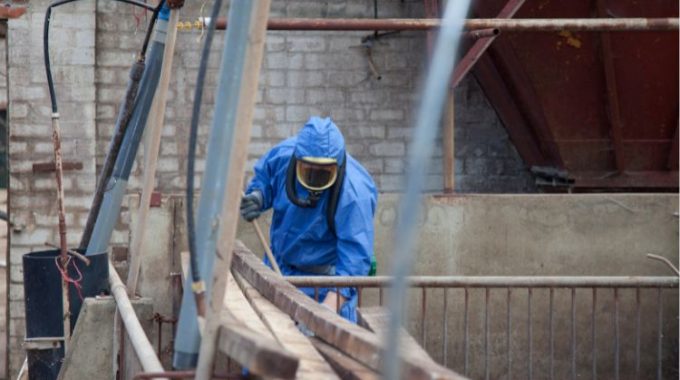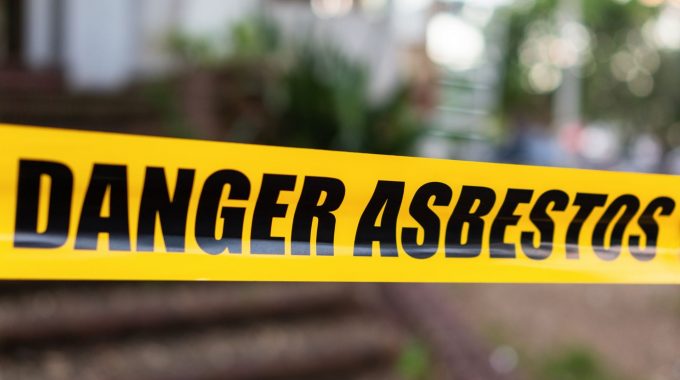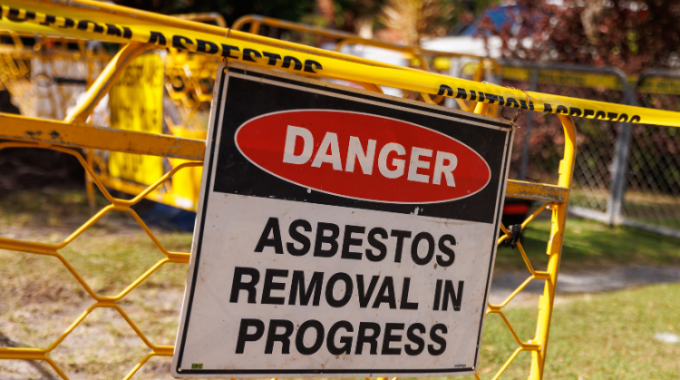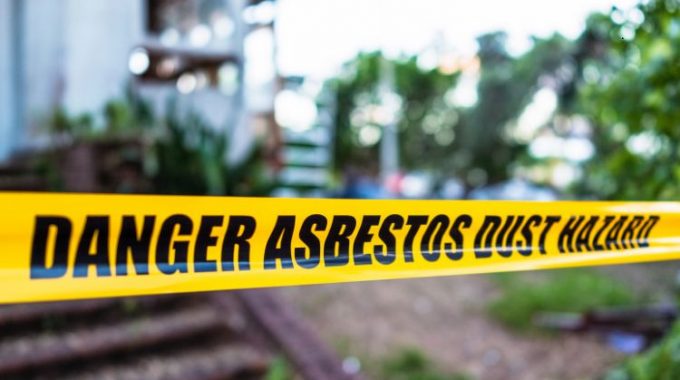Asbestos Removal vs Encapsulation: Which is right for your property?
You’ve probably heard of asbestos and know it has a bad reputation, but how much do you really know about this hazardous material? Did you know it was once one of the most commonly used building materials in Australia—before we understood the serious health risks it poses when disturbed?
If you suspect your property contains asbestos, managing it safely is integral for your health and safety. If you find yourself in this situation as a property owner or manager, we always recommend removal at the earliest opportunity.
Another option you may hear about is encapsulation which is only ever used for asbestos that’s hard to reach. Full removal offers the safest outcome for your property and anyone living or working there.
What is Asbestos?
Asbestos is a naturally occurring mineral that was once widely used in Australian construction. It was known for its durability and fire resistance and as a result, became extremely popular. However, it was later discovered that asbestos exposure can cause severe health conditions, including lung cancer and other diseases.
You can’t tell if something contains asbestos just by looking at it. As such, professional asbestos abatement is essential to ensure the safe management or removal of asbestos-containing materials.
What Is Asbestos Removal?
Asbestos removal involves removing asbestos-containing materials from a home or other building structure. Due to the hazardous nature of asbestos, it’s not as simple as demolishing and removing. The process of safely extracting and disposing of asbestos-containing materials (ACMs) from a property requires professionals. This involves an inspection, containment measures, and specialised removal techniques. Furthermore, proper hazardous waste disposal of asbestos must be carried out as per government regulations.
The primary benefit of removal is the complete elimination of asbestos, providing you and your family with a safe home. If you have asbestos that is already damaged or is deteriorating, it is highly recommended you have it removed ASAP.
The price of asbestos removal varies depending on the extent of asbestos contamination, the complexity of the job, access challenges and the amount of fibres to be disposed of.
What Is Asbestos Encapsulation?
Asbestos encapsulation typically involves sealing asbestos-containing materials with a specialised coating to prevent fibres from becoming airborne. As a result, it creates a protective barrier, reducing the risk of exposure without disturbing the asbestos.
Encapsulation is only advised in situations where the asbestos is in an area with limited accessibility. If this takes place, ongoing monitoring is required to ensure the seal remains intact.
Key Differences Between Asbestos Removal and Encapsulation
The main difference between the two methods is that one involves complete removal while the other provides a solution without the need for eliminating it. One is disruptive, the other is not.
However, in terms of safety, removal eliminates the risk entirely, providing you with the peace of mind most people say is priceless. Additionally, encapsulation requires ongoing monitoring to ensure asbestos fibres remain contained.
Any method must comply with Australian asbestos regulations, including certified asbestos waste disposal. This is why asbestos management experts are invaluable.
Factors to Consider for Your Property
Several factors should be considered when deciding between removal and encapsulation. It’s important to first identify the type and condition of asbestos. Friable asbestos (easily crumbled) is more hazardous and often requires removal whereas non-friable asbestos may be suitable for encapsulation.
Removal may be more costly and time-consuming than encapsulation, but its long-term safety benefits are invaluable.
The best decision you can make is to get a professional asbestos inspection for the safest and most legal solution. These experts will always consult local regulations to ensure compliance with asbestos management laws.
Comparison of the Two Solutions
How to Choose the Right Asbestos Solution
Asbestos removal eliminates the risk of exposure entirely, prioritising the safety of those living in the building. Encapsulation, while necessary in some situations, doesn’t leave you with the long-term peace of mind that full removal does.
For expert guidance, a professional asbestos inspection is your best investment for a safe home. P&D Envirotech offers tailored solutions to ensure your property remains safe and compliant with Australian regulations. Contact us today for a comprehensive asbestos assessment and expert advice on the best course of action.
Frequently Asked Questions
Should I remove or encapsulate asbestos?
Wherever possible, asbestos should be removed to prioritise the safety of those using the building. In some unique cases, encapsulation may be recommended but removal should always be the first choice.
What is the main problem with the encapsulation of asbestos?
As encapsulation doesn’t involve the removal of asbestos, it requires ongoing monitoring to ensure the asbestos remains contained and does not deteriorate over time where it could potentially release fibres.
Is asbestos enclosure the same as encapsulation?
No, enclosure involves sealing off an asbestos-containing area, like making it a restricted area/no-go zone. Encapsulation, on the other hand, treats the material with a sealant to prevent fibre release.
Whose responsibility is it to have asbestos removal control plans in place?
Property owners, employers, and managers must ensure compliance with asbestos safety regulations and have proper control plans in place. As such, check your local government compliance laws surrounding asbestos removal.





